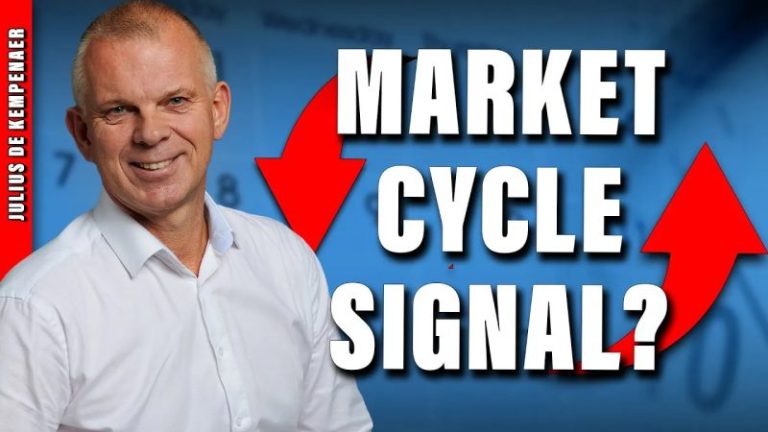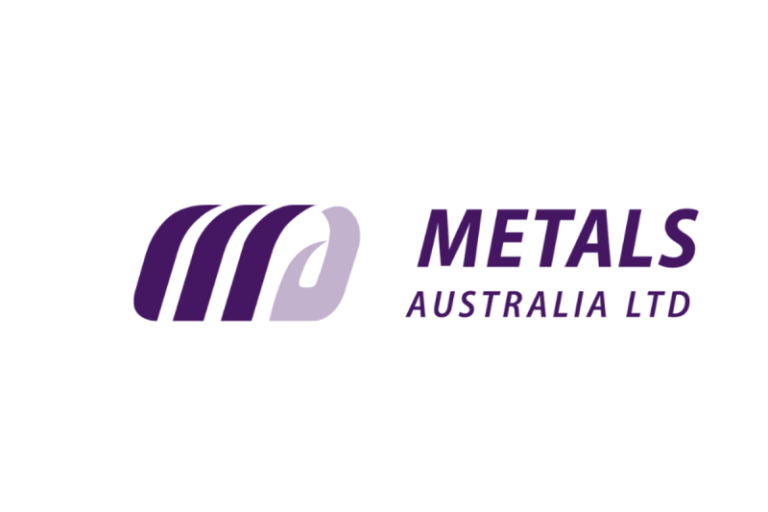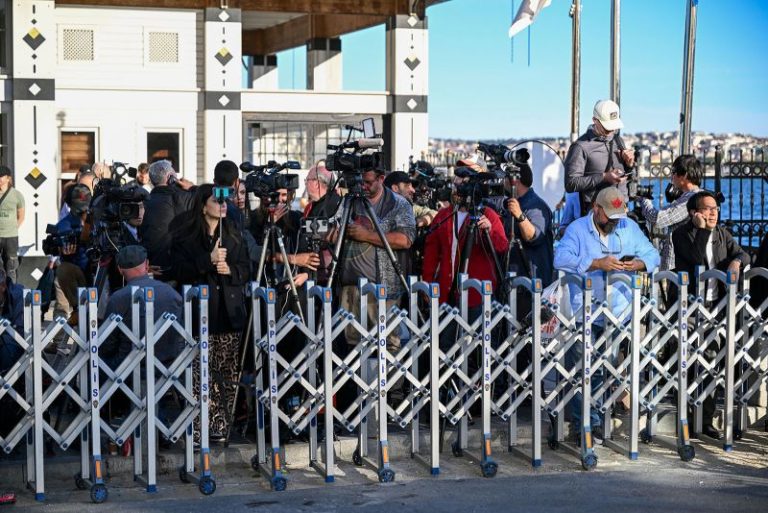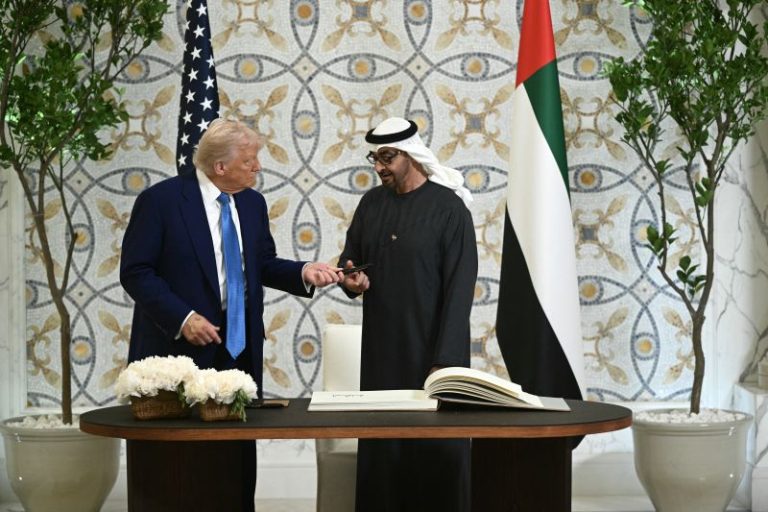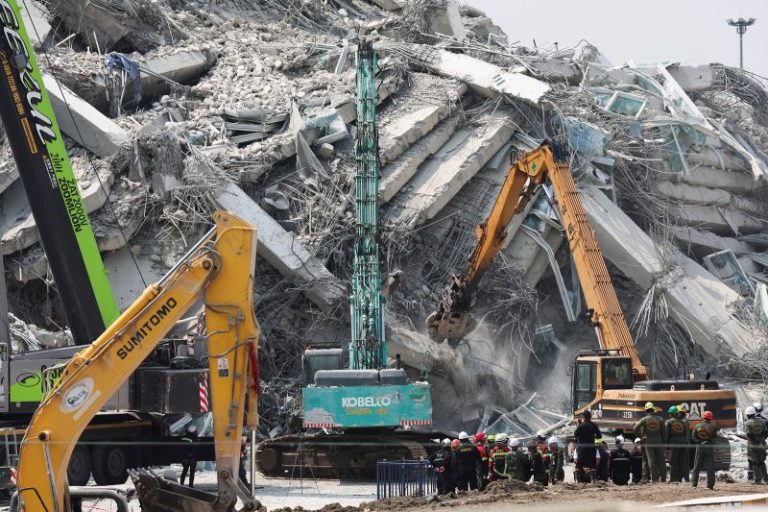For investors interested in the yellow metal and the companies that mine it, it’s important to understand global gold reserves. This data can provide critical information on the long-term viability of supply and which countries have room to grow.
Data for this article comes from the most recent Mineral Commodity Summary from the US Geological Survey as well as Mining Data Online (MDO).
Although gold is often measured and discussed in ounces, the USGS uses metric tons for its gold data, so this article will contain a mix of the two measurements. For perspective, 1 metric ton of gold is equal to 35,274 ounces and worth US$116 million at a price of US$3,300 per gold ounce.
According to the US Geological Survey, identified economic gold reserves currently stand at 64,000 metric tons globally. This is a significant jump from 59,000 metric tons in the previous report, with reserves for many countries revised to the upside. Read on to learn about the top 10 gold reserves by country.
1. Australia
Gold reserves: 12,000 metric tons
The sixth largest country by land area, Australia is tied for the most gold reserves of any nation at 12,000 metric tons, with over 60 percent of its gold deposits located in Western Australia.
The mining nation is also one of the top producers of gold, digging up 290 metric tons of the metal in 2024.
Australia is home to many large gold mines, including Newmont’s (TSX:NGT,NYSE:NEM,ASX:NEM) Boddington and Cadia Valley operations, which produced 590,000 ounces and 464,000 respectively in 2024. It also hosts the Tropicana mine, a joint venture between AngloGold Ashanti (NYSE:AU) and Regis Resources (ASX:RRL,OTC Pink:RGRNF) that produced 426,000 ounces of gold.
1. Russia
Gold reserves: 12,000 metric tons
Russia has the largest land area of any country, and unsurprisingly is now tied for the top country for gold reserves, boasting an impressive 12,000 metric tons of gold. Its reserves were raised from 11,100 in 2023, but they mark an even more sizeable increase from the 6,800 metric tons of reserves reported for 2022.
Additionally, Russia’s gold output remained steady in 2024 with 310 MT extracted. Russia has several large gold mines, but none are more prolific than Polyus’ (MCX:PLZL) Olimpiada mine in the Krasnoyarsk Krai region of Siberia. According to the company’s most recent data, the mine produced 1.48 million ounces in 2024.
Russian gold is having difficulties reaching most markets following the country’s invasion of Ukraine. The London Bullion Market Association halted trading and removed Russian refiners from its accredited list in March 2022. However, a significant portion of the metal was exported to the United Arab Emirates following the sanctions, according to Reuters, and Russian gold has also made its way into the country’s stockpiles.
3. South Africa
Gold reserves: 5,000 metric tons
South Africa remains a powerhouse in terms of global gold reserves, and the country’s Witwatersrand Basin is among the top gold jurisdictions in the world.
Although South Africa remains comfortably in the top three countries for reserves with 5,000 metric tons, the country has lost some of its luster when it comes to production. At the turn of the century, South Africa was the top gold-producing country, with 431 metric tons extracted in 2000. The country’s output has slowly fallen in the decades since though, and has hit all-time lows in recent years — South Africa produced just 100 metric tons of gold in 2024.
One reason for lowered production is decreasing gold grades, which have led miners operating in the country to move to greater depths. In fact, eight of South Africa’s gold mines are among the world’s 10 deepest mines for any commodity, with AngloGold Ashanti’s (NYSE:AU,JSE:ANG) Mponeng gold mine topping the list at 2.4 kilometers to over 4 kilometers below surface. This has made industrial mining operations prohibitively expensive and more dangerous.
Harder to reach resources and high electricity costs have resulted in limited investment in exploration as companies looked to lower cost projects in other countries like Australia and Canada.
4. Indonesia
Gold reserves: 3,600 metric tons
Indonesia is home to 3,600 metric tons of gold reserves. The country jumped significantly from 2023, adding more than 1,000 metric tons to its reserves and climbing to number four on our list.
Indonesia is home to the Grasberg complex, one of the world’s largest gold operations and host to 23.9 million recoverable gold ounces. Operated by Freeport-McMoRan (NYSE:FCX), Grasberg includes several underground mines and the Kucing Liar deposit, which is currently being developed.
Once Kucing Liar is operational, Freeport expects it to deliver an additional 520,000 ounces of gold per year for 6 million total ounces between 2029 and 2041.
5. Canada
Gold reserves: 3,200 metric tons
Canada’s gold reserves total 3,200 metric tons, up 900 metric tons in the latest USGS report. Its gold reserves had previously remained constant since 2012 at 2,300 metric tons. The country has more than doubled its gold output in that time, jumping from 97 metric tons in 2012 to 200 metric tons in 2024.
Canada has a rich history of gold mining since the metal was first discovered in Québec in the early 1800s. Mining operations can now be found across Canada, but more than 70 percent of the country’s gold is produced in Ontario and Québec. Other significant producers are BC with 9 percent, the Yukon with 4 percent and Manitoba with 2 percent.
Canada has a number of very large gold mines, the largest of which is Agnico Eagle Mines’ (TSX:AEM,NYSE:AEM) Canadian Malartic Complex in Québec. The mine produced 689,000 ounces of gold in 2023 and hosts proven and probable reserves of 7.92 million ounces.
Because of its well-established natural resource sector, Canada is leading the way in sustainable initiatives to protect the environment and communities. The Mining Association of Canada’s Toward Sustainable Mining initiative has been adopted by organizations around the world, including those in Finland, Brazil and the Philippines.
6. China
Gold reserves: 3,100 metric tons
China’s importance as a gold miner has been growing over recent years and made significant gains, moving from number nine on our list with 1,900 metric tons in 2022, to number six with 3,100 metric tons in 2024. Additionally, China’s gold output ranks first overall globally with 380 metric tons of gold last year.
China’s gold-mining industry is dominated by state-owned operators. Some of the largest companies include Zijin Mining Group (HKEX:2899), which owns the Shanxi mine, the largest gold mine in the Shanxi province. The mine produced 107,700 ounces of gold in 2024.
Another of China’s largest companies is China Gold International Resources (TSX:CGG,HKEX:2099), which owns a 96.5 percent stake in the Chang Shan Hao gold mine located in Inner Mongolia, one of China’s largest gold mines. Chang Shan Hao produced 108,188 ounces of gold last year.
In addition to its high gold reserves and production, China also has a strong impact on the gold market through significant purchases by the People’s Bank of China in recent years. As of April 2025, the Chinese central bank holds an estimated 2,280 metric tons of gold.
7. United States
Gold reserves: 3,000 metric tons
Gold reserves in the US have remained steady at 3,000 metric tons since 2012. The country is home to well-developed infrastructure, highly experienced companies and an advanced workforce. However, over the last decade, production and refinement of the yellow metal in the US has been in decline, dropping from 230 metric tons in 2012 to 160 metric tons in 2024.
The largest gold-mining assets in the US are all owned by Nevada Gold Mines, a joint venture between Barrick Gold (TSX:ABX,NYSE:GOLD) and Newmont, and consist of Turquoise Ridge, the Cortez Complex and the Carlin Complex. Between them, the mines produced 3.03 million ounces of gold in 2023.
8. Peru
Gold reserves: 2,500 metric tons
Gold has been an important part of Peru’s economy for centuries. The country has a well-documented mining industry, and it ranks as one of the top nations in the world when it comes to gold reserves. Its gold reserves peaked in 2022 with 2,900 metric tons before falling to 2,300 metric tons in 2023. Peru’s gold reserves were back up slightly in this report, helping it to land at number eight on our list with 2,500 metric tons.
Peru’s gold production has remained consistent over the past two years at 100 metric tons.
Large players make up the bulk of Peru’s gold industry, with major miner Newmont leading the way at Yanacocha, the biggest gold mine in Peru. In 2024, output from the mine reached 354,000 ounces of gold, a significant jump from 2023’s 276,000 ounces.
There are also artisanal operations in the country, along with operations being run by criminal organizations. While environmental concerns are common in the mining industry, illegal and small-scale gold miners often employ mercury during the extraction process, which is very damaging to the environment.
To counteract illegal mining operations, the Peruvian government instituted Operation Mercury in 2019, which involved military interventions at illegal mine sites and the destruction of mining operations. For small-scale and artisanal mining, programs such as the Fairmined Ecological Gold certification exist to encourage environmentally friendly mining methods by introducing premium prices for gold that meets particular requirements. This also allows gold buyers to identify gold from legal operations that reduce the use of toxic treatments like mercury during the extraction process.
9. Brazil
Gold reserves: 2,400 metric tons
Home to the first modern gold rush over 300 years ago, Brazil currently has 2,400 metric tons of economic gold reserves. Brazil has an undeniable history with the precious metal, although its extracted only 70 metric tons in 2024.
The largest gold mine in Brazil is AngloGold Ashanti’s AGA Mineracao Operaation in Minas Gerais. In 2024, the mine produced 271,000 ounces of gold. New production also came online last year. G Mining Ventures (TSX:GMIN,OTCQX:GMINF) declared commercial production at its Tocantinzinho mine in September 2024, and the mine produced 63,566 ounces of gold by the year’s end.
Much like Peru, gold mining in Brazil has a darker side as well. Illegal operators, many of which have found their into mining through social media sites like YouTube and TikTok, are impacting both sensitive rainforest ecosystems and local Indigenous communities. Despite government crackdowns, new operations continue to pop up throughout the Amazon.
10. Kazakhstan
Gold reserves: 2,300 metric tons
Kazakhstan’s gold reserves total 2,300 metric tons, up a sizeable 1,300 metric tons compared to the prior year, a big enough boost to break into this top 10 gold reserve list.
The jump is owed to a significant increase in exploration, which saw 23 new deposits, including 20 metric tons of gold, added to the country’s subsoil registry. Launched in 2023, the registry has helped to streamline the exploration process and allowed modern technology to be applied to historical data sets.
Kazakhstan’s largest gold-mining operation is the Altyntau Kokshetau mine, owned by mining giant Glencore (LSE:GLEN,OTC Pink:GLCNF).
In its 2024 production report, Glencore stated that it produced 603,000 ounces of gold across all its Kazakhstan assets, the majority of which came from the Altyntau Kokshetau mine.
Securities Disclosure: I, Dean Belder, hold no direct investment interest in any company mentioned in this article.

